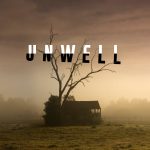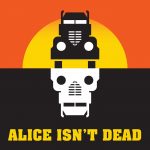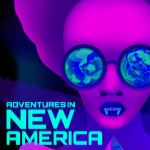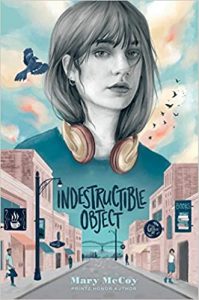Voracious readers love a good story, and audio dramas could be considered book adjacent. If you’re fond of audiobooks, then podcasts are the next step. Here are a few audio stories featuring sapphic characters that span across the sci-fi, fantasy and horror genres, perfect for the spooky season.
Unwell, a Midwestern Gothic
This creepy tale of a woman who moves back to her childhood hometown to look after her ailing mother contains paranormal activity, a cult, hauntings, ghosts and a lesbian romance. It also has a cast of quirky characters that fall into the beloved found family trope.
Within the Wires
From the team that brought you Welcome to Nightvale, this audio drama covers a different set of characters each season, but all the narratives overlap. Throughout most seasons, there are various queer characters, including bi+ and polyamorous representation. All the stories tell the history of a dystopia where the government dictates who and what makes a family.
Alice Isn’t Dead
Follow the travel log of a truck driver as she crosses America in search of her wife. Along the way, she encounters strange happenings that all point toward a national conspiracy. And mixed up in it all, is her missing wife. (Editor’s note: this was also adapted into a book!)
The Strange Case of Starship Iris
The year is 2189, and Earth has just barely won a war against extraterrestrials. What comes after that is a story spanning outer space, resistance, survival, loyalties, romance and a few jokes along the way.
Adventures in New America
An Afrofuture sci-fi, buddy comedy with political satire makes this a fun and clever romp through New America. The story follows best friends IA and Simon Carr as they take on heists that become increasingly higher stakes as they try to make money for IA’s medical treatment. They become entangled with a secret cabal of terrorist vampire zombies from outer space.
Crossing Wires
Featuring queer women, nonbinary and genderqueer characters, this story has a good mix of representation. In a post-apocalyptic world, the people who have often been marginalized survive the end times and find connection, all through radio transmissions and broadcasts.
Violet Beach
On New Year’s Day 2018, seven teens meet at a party where they witness the sky over Maryland turn purple. They keep in touch, communicating about the strange, sci-fi happenings going on around them that become less fiction every day. There are bisexual women, lesbians, and other women-loving women characters to round out the queer cast.
Archive 81
As Dan Powell listens to the found footage of journalist Melody Pendras’ investigation into the mysterious Visser building, he quickly realizes something is amiss about his new employer. Melody’s story is a major focus of season 1 as she interviews the building’s residents and learns about the strange things that go on there.
Meagan Kimberly is a Latinx writer, poet, traveler, and reader who identifies as bisexual. She holds a B.A. in creative writing from UCF and an M.B.A. in marketing from NSU. When she’s not engaged in the aforementioned activities, she can be found yelling and crying at her TV over fictional people that break her heart. You can find her on Twitter, Instagram, and Tumblr, or follow her blog here.
Her Lesbrary reviews can be found here.





